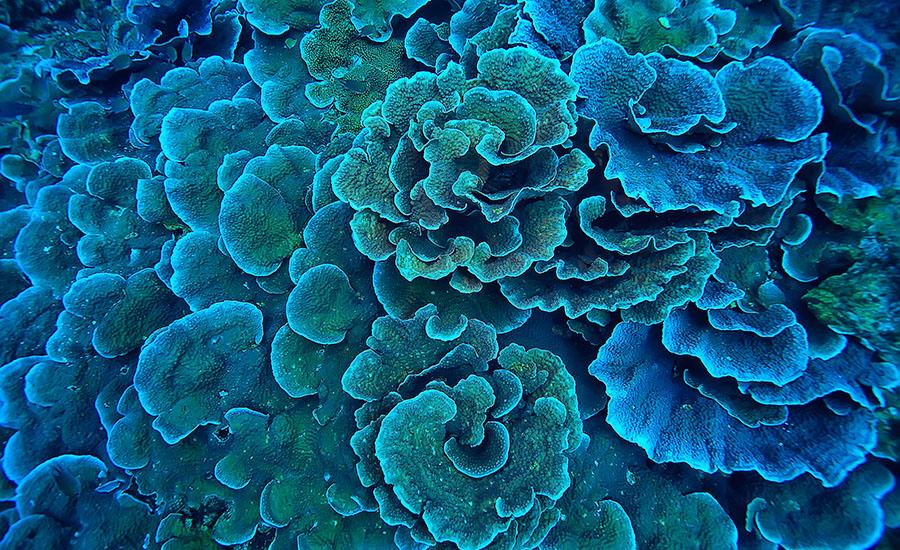
Edison, The Wolf of Yellowstone Part 1
by Aimee Katz
This lesson is an introduction to Tangible Coding and Sequencing to model the flow of an ecosystem. This is a hands-on way to incorporate coding and robots with life science concepts. This is a 2-part series. The link to the 2nd lesson is included.
Lesson Grade Level
6th GradeLesson Plan Link/URL
https://docs.google.com/presentation/d/1PqsHZwX6T_I1kaRpo8yfEON6hYQyBnTy/edit?u…Subject Area
Science Life Science L2: Organisms & Energy Technology 5. Computational Thinker Engineering S5: Apply Technology to Engineering English Language Arts (ELA) Writing
Featured
Off
Related Content

Grades:
5th Grade
In this fun lesson, students create models of the Earth, sun, moon, and planets that can go on robots. They experiment with light and movement to demonstrate the rotation of sun, earth, and moon using

Grades:
6th Grade, 7th Grade, 8th Grade
This is an 8-lesson unit that is designed to be used together to learn about the health and diversity of your local watershed by placing leaf packs into a water source (natural or man-made ponds

Grades:
6th Grade, 7th Grade, 8th Grade
In this hands-on lesson, students will consider what they think about several different closed systems. Then students will design and carry out investigations of living things to inform their closed